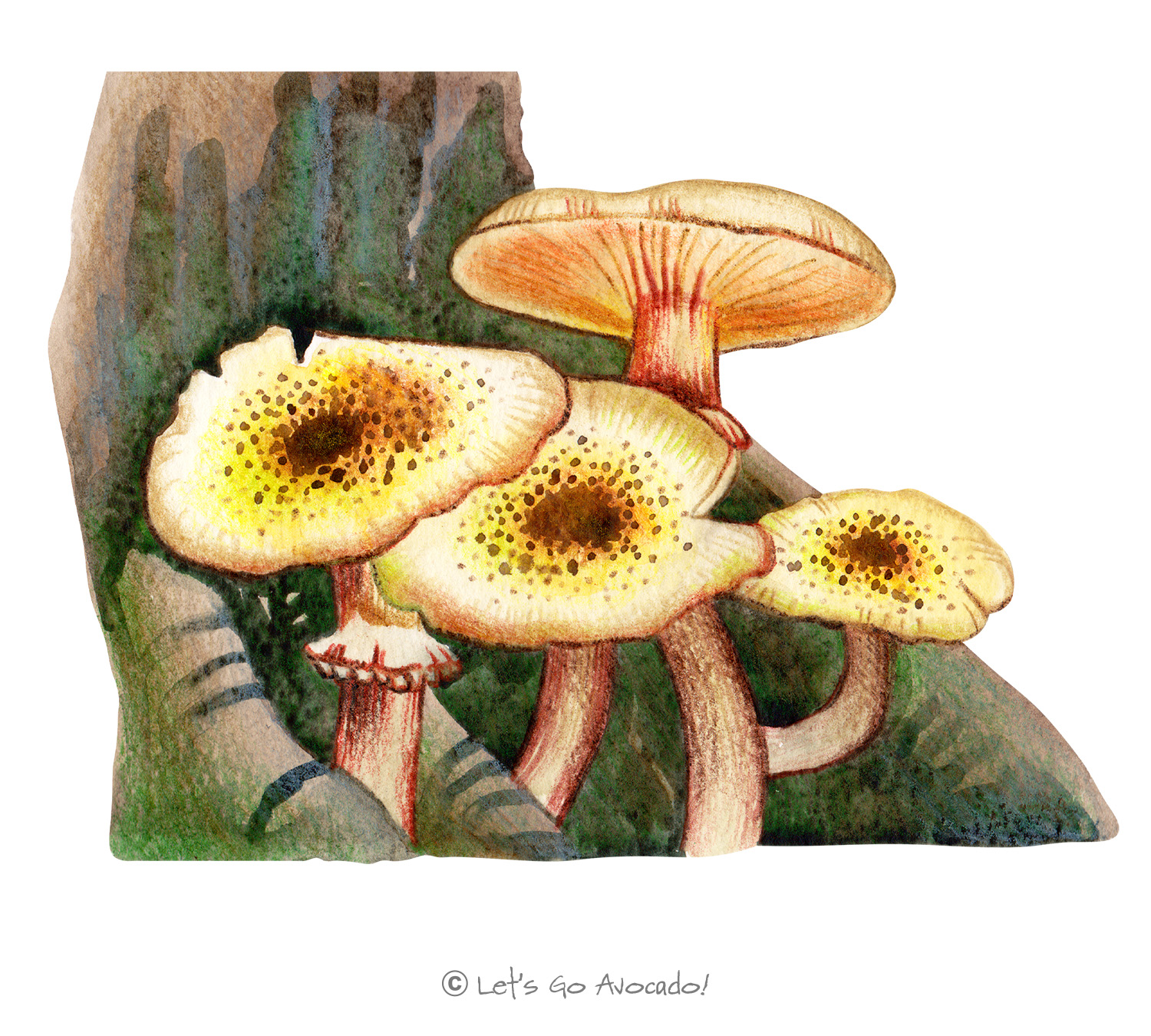

Honey Mushroom
Armillaria, Shoestring Fungus, Bootlace Fungus
Armillaria mellea
This page may contain affiliate links.
Read our disclosure and privacy policy here.
The honey mushroom is a woodland fungus known for its ability to colonize and kill a variety of trees and woody shrubs. This genus is particularly interesting because of the armillaria root rot it causes in forests, leading to large rings or arcs of dead trees in the affected areas.
Honey Mushroom
Common Name
Other Names
Latin Name
Distribution
Appearance
Size
Habitat
Diet
Lifecycle
Defense Mechanisms
Ecological Importance
ConservationThe act of protecting and preserving natural resources and the environment. Conservation efforts are important to protect beavers and their habitats. Learn More Status

There’s a lot to explore right where we are, in our own neighborhoods and backyards! Join us while we get off the couch and explore the everyday wonders of nature, science, space, engineering, art, and anything else we stumble upon during on our adventures.







